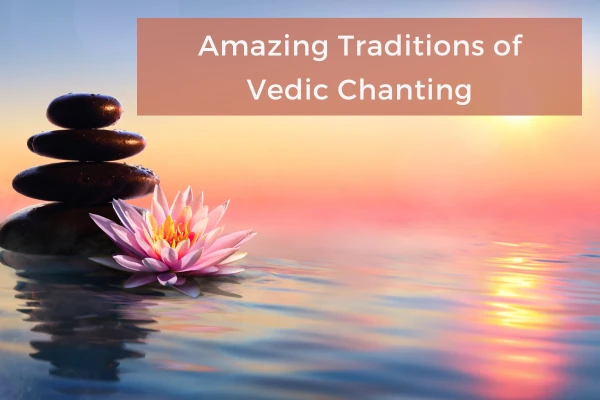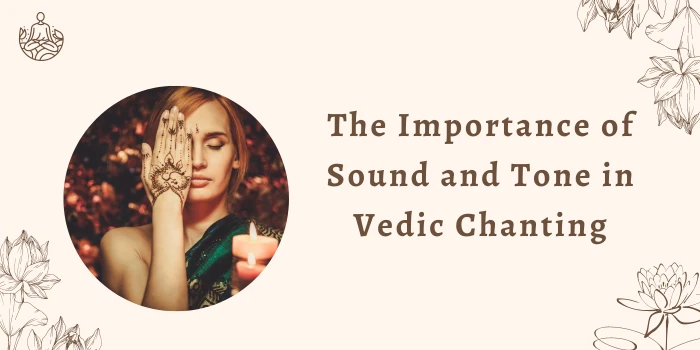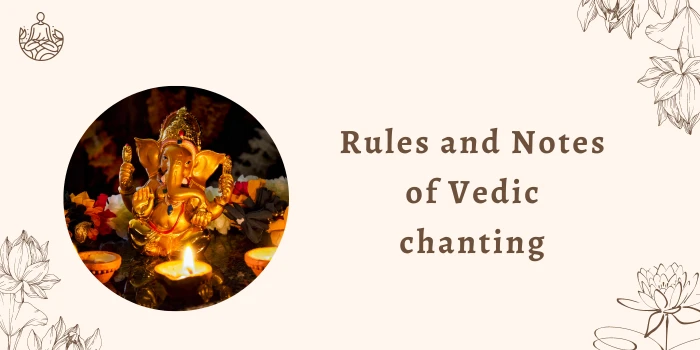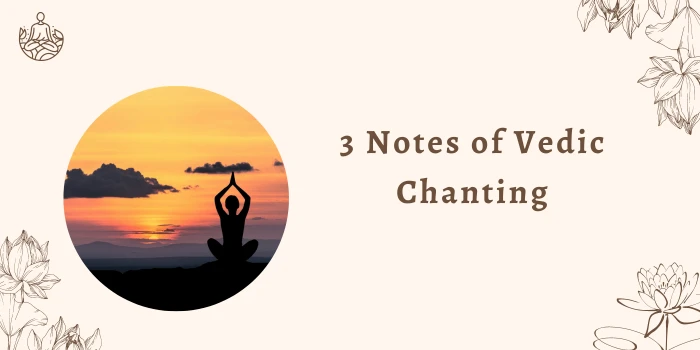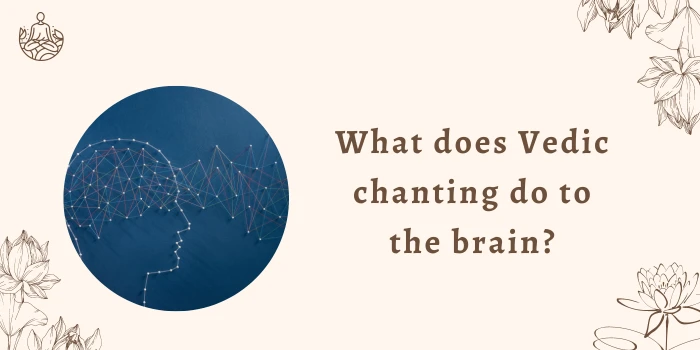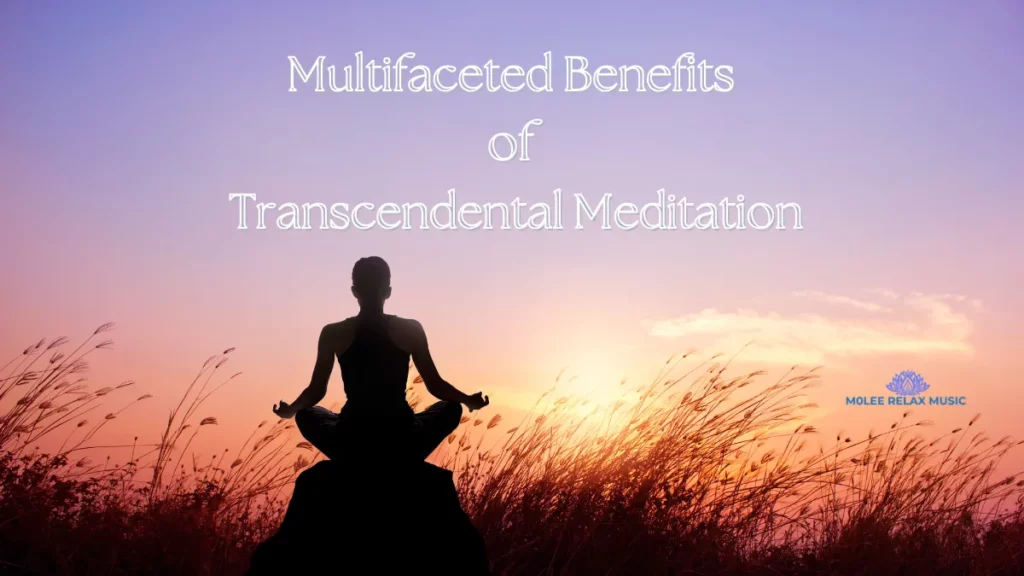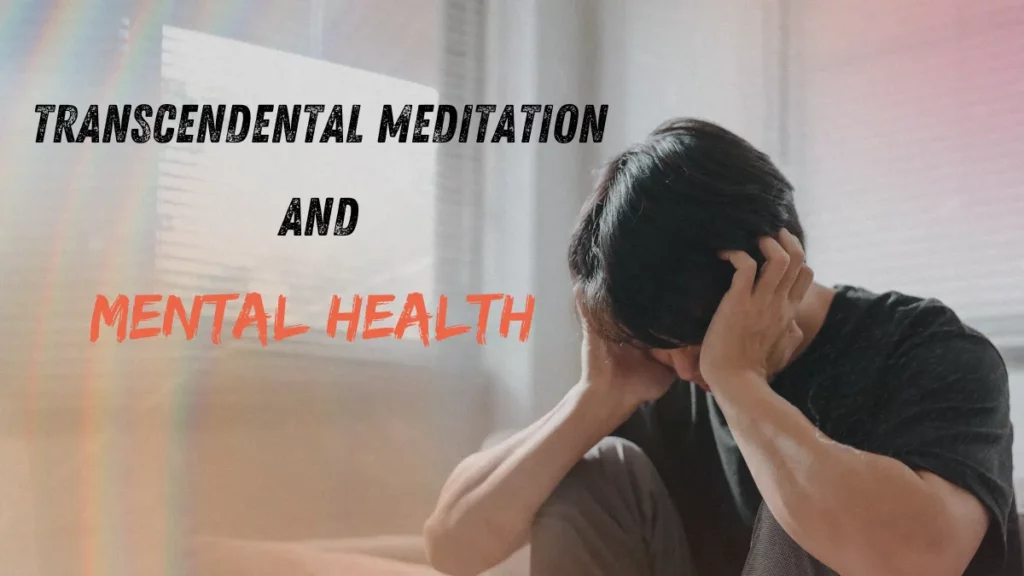|
Getting your Trinity Audio player ready…
|
Today, we’re embarking on a fascinating journey into an ancient realm that resonates with the harmonies of spirituality and traditions of Vedic Chanting.
Deeply embedded in Indian culture, these chants serve as a bridge connecting us to our past, present, and future.
Let’s dive into this entrancing world, shall we?
Historical Background of traditions of Vedic chanting
Our story begins thousands of years ago, in the cradle of ancient Indian civilization. Vedic chanting is as old as the Vedas themselves, regarded as the oldest scriptures of Hinduism.
These traditions of Vedic chanting have transformed and evolved over centuries, yet, in their essence, remain a faithful echo of their ancient origins.
The Importance of Sound and Tone in Vedic Chanting
You might wonder why we emphasize the sound and tone in Vedic chanting. You see, each syllable of a chant carries a distinct vibrational quality that can influence our physical and spiritual being.
The Swaras, or musical notes, when applied to a mantra, can subtly alter its impact. This intertwining of sound and spirituality creates a unique symphony, striking chords that reverberate deep within our souls.
Different Styles of Vedic Chanting
Vedic chanting is not a monolithic entity but rather a beautiful tapestry woven with various styles. Styles like Samhita Patha, Pada Patha, Krama Patha, and others, each carry a distinct cadence and rhythm. And let’s not forget the regional variations, adding their unique threads to this vibrant tapestry.
Traditional Method of Learning Vedic Chanting
Remember the old school days where learning happened through rote memorization?
Well, this approach finds its epitome in Vedic chanting. The traditional way of learning these chants is through the Guru-Shishya Parampara, or Master-Disciple Tradition, where each syllable, tone, and gesture is meticulously taught and imbibed.
An essential pillar in this process is the oral Vedic tradition, keeping this art form alive through generations.
Vedic Chanting as a Spiritual and Meditative Practice
The beauty of Vedic chanting transcends beyond its melodious allure. It serves as a powerful tool for spiritual development and meditation. The rhythmic chants can transport us into a state of tranquility, facilitating a deeper connection with our inner selves.
Numerous people have shared experiences of serenity and a heightened sense of awareness during and after chanting.
Vedic Chanting in Modern Times
Fast forward to the present day. In our fast-paced world, the ancient art of Vedic chanting is making a compelling comeback. UNESCO’s recognition of Vedic chanting as an Intangible Cultural Heritage of Humanity testifies to its universal appeal and value.
As we continue to navigate the complexities of modern living, the timeless wisdom and calming influence of these chants can provide a much-needed anchor.
Rules and Notes of Vedic Chanting
We’re going to navigate through the enchanting realm of Vedic chanting. We’ll be exploring the fundamental pillars that uphold this ancient practice – the essential rules and melodious notes.
What are the 6 rules of Vedic chanting?
You’re here because you’re curious about the rules that guide Vedic chanting, right?
Well, let’s dive right in. There are six primary rules or guidelines, known as the Shiksha, that serve as the roadmap to Vedic chanting.
- Varana: This rule is all about pronunciation. Each syllable in a mantra must be pronounced correctly to maintain the integrity of the chant.
- Svara: Remember we talked about the musical notes or Swaras? They’re pivotal in guiding the tone and pitch in chanting. It’s a delicate dance between highs and lows that adds melody to the mantras.
- Maatra: Time for a rhythm check! Maatra refers to the duration or the beat followed while chanting. Slow and steady wins the race here!
- Balam: Balam signifies the energy or force applied to different parts of a syllable. Some parts are emphasized, while others are soft-spoken.
- Saama: Saama emphasizes the smoothness and continuity in chanting. It’s all about ensuring the flow and maintaining the chant’s harmony.
- Santana: Lastly, Santana focuses on the continuity of sentences. It’s about linking words and phrases in the chant seamlessly.
These six rules form the backbone of Vedic chanting, ensuring its vibrancy and profound impact are carried forward accurately. So, if you’re ready to chant, keep these rules in mind to hit the right notes!
What are the 3 notes of Vedic chanting?
Now that you’re familiar with the basic rules of Vedic chanting, let’s explore its core musical components. Vedic chanting is primarily built on three keynotes, known as the Swaras, that bring life and soul to the chants.
Udatta: The first Swara, Udatta, is all about hitting the high note. It’s a raised or accented tone that adds a certain lift to the syllable. Think of it as the mountain peak in your chanting journey!
Anudatta: Next up is Anudatta, the lower or unaccented tone. This is your calming valley, the point of relaxation and grounding in the chant. It provides a soothing balance to the high Udatta.
Svarita: The final swara, Svarita, is a bit of a combination. It’s a mixed tone that starts high (like Udatta) and then descends (like Anudatta). It’s the perfect blend of highs and lows, adding depth and rhythm to the chant.
These three Swaras are the heart of Vedic chanting. They play a critical role in shaping the melody and mood of the chants, creating a soulful symphony that resonates with our inner being.
So, next time you listen to or participate in Vedic chanting, remember these Swaras and how they work harmoniously to create the beautiful rhythm that touches our hearts.
What does Vedic chanting do to the brain?
We’ve talked about the notes and rules of Vedic chanting, but let’s delve into what’s going on behind the scenes – specifically, in our brains.
The effects of Vedic chanting on the brain are truly remarkable!
Boosts Memory and Concentration: The meticulous memorization and recitation involved in Vedic chanting can act like a workout for your brain. It can improve memory, focus, and cognitive flexibility. Think of it as a stimulating brain exercise, but with spiritual benefits!
Relieves Stress: Vedic chanting can help slow down our often-overactive minds. The rhythmic repetition of chants is known to reduce stress hormone levels, leaving us feeling more calm and composed. It’s like a soothing lullaby for our stressed-out brains.
Enhances Emotional Well-being: Vedic chanting is believed to influence the limbic system, which is associated with emotions and memory. Regular chanting can create positive shifts in our emotional state, fostering feelings of peace, happiness, and well-being.
Promotes Mindfulness: By focusing on the sound and rhythm of the chants, we naturally tune into the present moment. This state of enhanced awareness, or mindfulness, can have lasting positive impacts on our brain health.
Stimulates Brain Regions: Research suggests that the vibrations produced during chanting can stimulate significant brain areas, including the hypothalamus known for its role in maintaining homeostasis, and the amygdala, often considered the brain’s emotional center.
So, Vedic chanting is more than just a spiritual practice. It’s a holistic tool that can bring about significant enhancements to our brain’s functioning, leading to improved mental health and well-being.
Who knew spirituality and neuroscience made such a great pair, right?
Final Thoughts on Traditions of Vedic Chanting
And there we have it, folks, a quick tour through the world of Vedic chanting. From its historical roots to its contemporary resurgence, Vedic chanting continues to resonate, bridging temporal divides and connecting hearts.
So why not give it a try? You might discover a whole new dimension of spiritual exploration.
